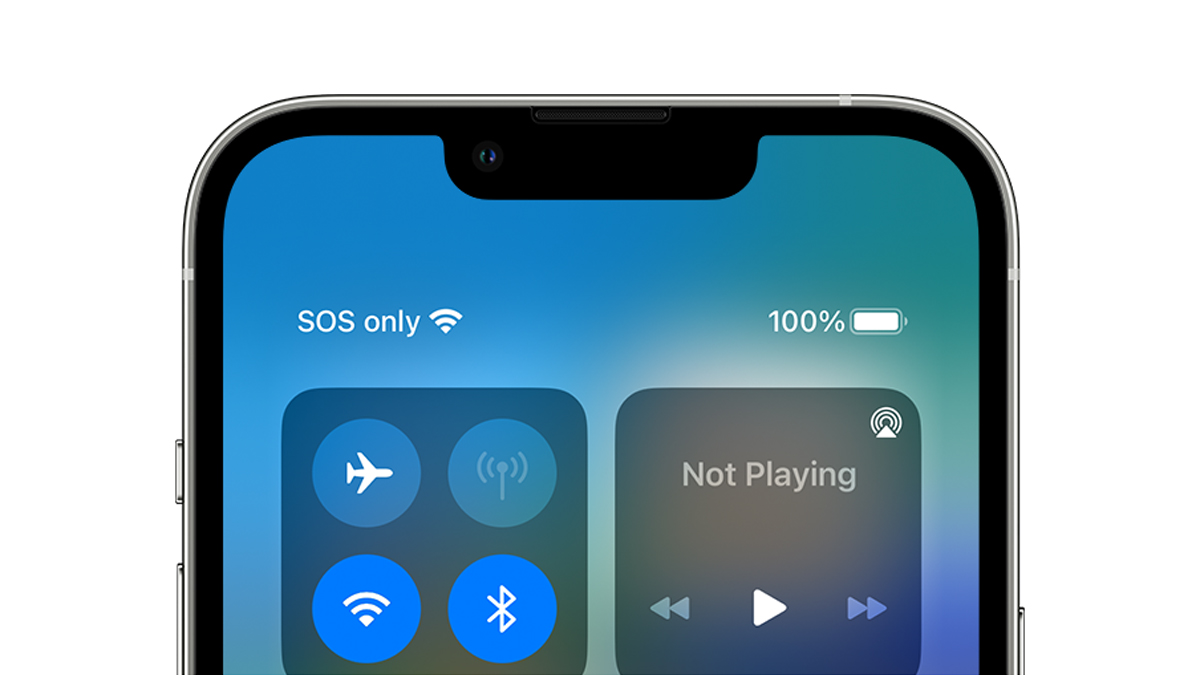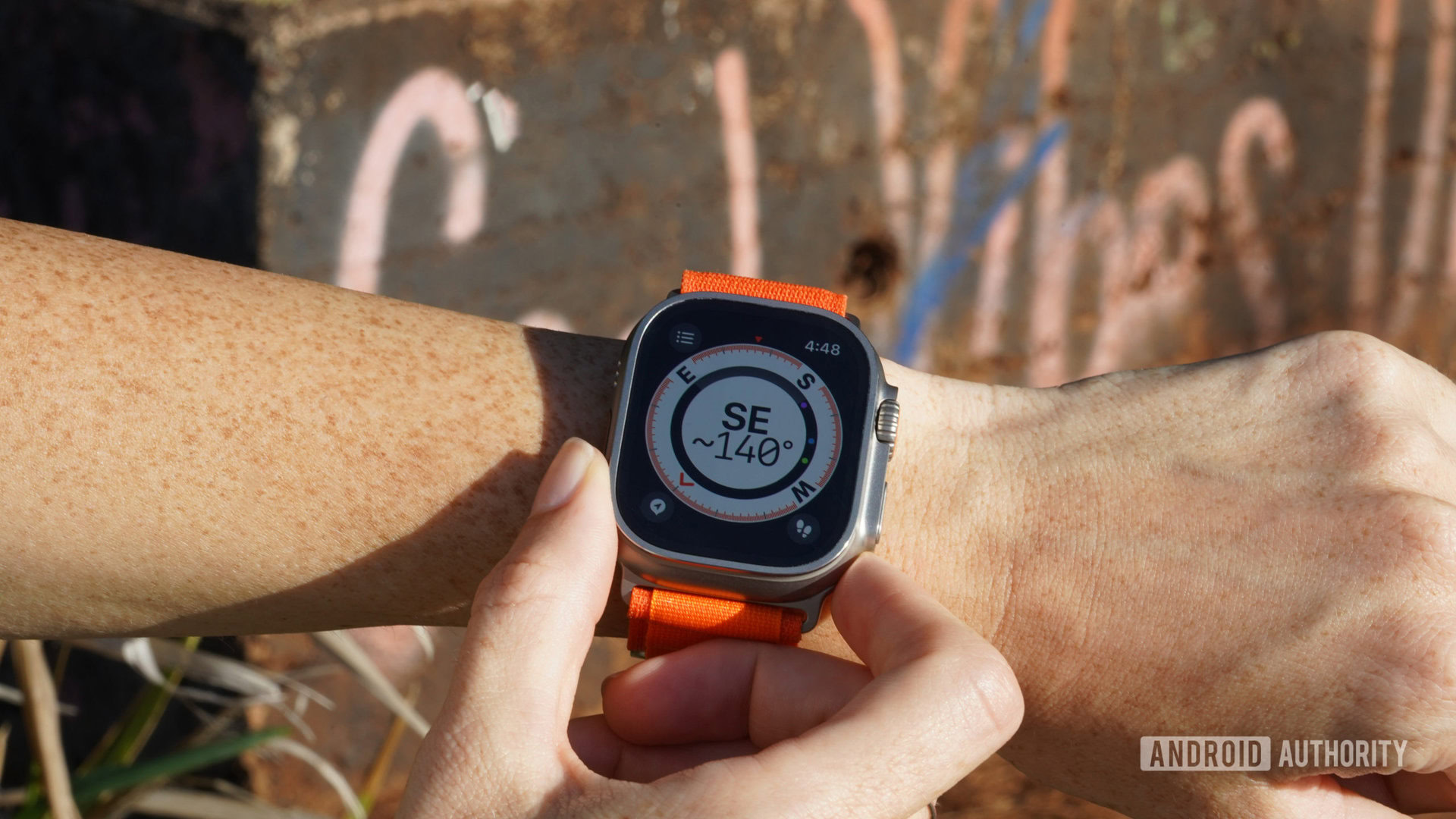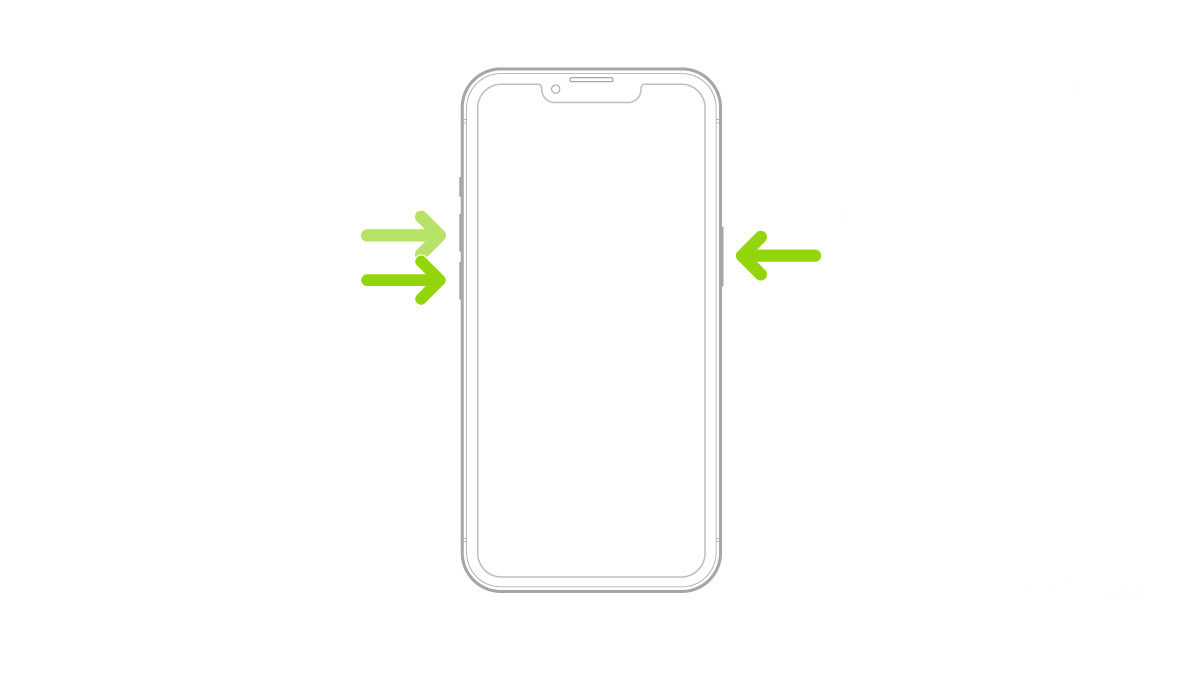Affiliate links on Android Authority may earn us a commission. Learn more.
What does 'SOS only' mean on iPhone, and 5 ways to fix it
iPhones are full of cryptic icons and messages, but something that’s guaranteed to get your attention no matter what is seeing “SOS only” at the top of your screen. So what does that mean precisely, if you’re not onboard the Titanic? Should you be concerned? And if so, what can you do to fix the situation?
JUMP TO KEY SECTIONS
Why does my iPhone say “SOS only”?

Apple claims it means your iPhone is no longer connected to a cellular network. Technically speaking though, this isn’t quite right. If you’re in Australia, Canada, or the United States, you can still place emergency calls or texts — just don’t expect to do anything else. Only a “No service” message means you’re truly without a cellular connection.
On an iPhone 14 or later, you should be able to take advantage of Emergency SOS via Satellite as long as you’re in a supported country and have a clear view of the sky. The feature sends out a message that can alert emergency services, notify chosen contacts, and share rescue info.
Here are the countries that support Emergency SOS via Satellite as of November 2023:
- Australia
- Austria
- Belgium
- Canada
- France
- Germany
- Ireland
- Italy
- Luxembourg
- Netherlands
- New Zealand
- Portugal
- Spain
- Switzerland
- United Kingdom
- United States
How to fix “SOS only” on an iPhone
Realistically, there are very few ways you can get rid of this message, and the best solution will almost certainly be the first one on this list.
1. Travel to an area with better cellular coverage

When it’s working properly, your iPhone will regularly search for cellular networks and lock onto the best available option — i.e. one that’s stable and as fast as possible. Usually that means 4G or 5G on your chosen carrier, but you may also be able to fall back on 3G if your carrier still offers it, or any nearby network if you have roaming enabled via Settings > Cellular > Cellular Data Options. Be warned that in some cases (most often if you’re overseas) roaming could incur extra charges. That’s probably better than being stranded, though.
If you’ve got an Apple Watch running watchOS 10 or later, the Compass app can automatically set a waypoint for the last place your iPhone had a cellular connection, and/or where Emergency SOS was an option. Otherwise, you’ll just have to retrace your steps or head towards the nearest town or city.
2. Try switching cellular off and on
In some cases it could be that you do have basic cellular access, but for whatever reason, iOS is refusing to acknowledge it. If you suspect that’s what’s happening, swipe down over the battery meter to open Control Center, then tap on the green Cellular icon (an antenna with radiating lines). Wait a few moments, then tap the icon again to switch cellular radios back on. It may take a few moments longer for iOS to connect to a network, assuming one is available.
3. Try restarting your iPhone

This is usually equivalent to flipping your cellular radio off and on, but it can’t hurt, and could fix temporary software glitches. To restart an iPhone that doesn’t have a home button (which is most models, these days), hold down the side button and one of the volume buttons until a set of sliders appears onscreen. Drag the Slide to power off slider all the way to the right. After your iPhone goes completely black, hold down the side button to power back on.
4. Check your SIM card
If you’re using a physical SIM card rather than an eSIM, there’s a possibility that the card is faulty somehow or not inserted properly. Pop it out using a SIM ejection tool, or something similar, such as a paperclip. Examine not just the card but the slot. This might be a good time to clean things out if you happen to have an air bulb or compressed air can handy.
If the card or slot is damaged, you’re out of luck until you can get help from your carrier (or possibly Apple). You might have luck reinserting a card if it wasn’t in your phone properly, but that whole situation is unlikely that given how small and tight nano-SIM slots are.
5. Switch to eSIM
If you iPhone has an eSIM and you’ve activated a second line with it, it’s certainly worth trying that connection, although we wouldn’t expect much if it’s attached to the same carrier as your primary line.
If you can find Wi-Fi access, you may be able to activate your eSIM online with a carrier that does have coverage in your area. Of course, if Wi-Fi is an option, you probably won’t need to bother.